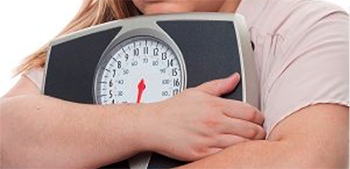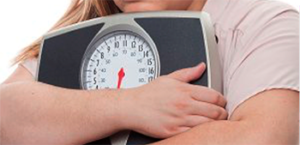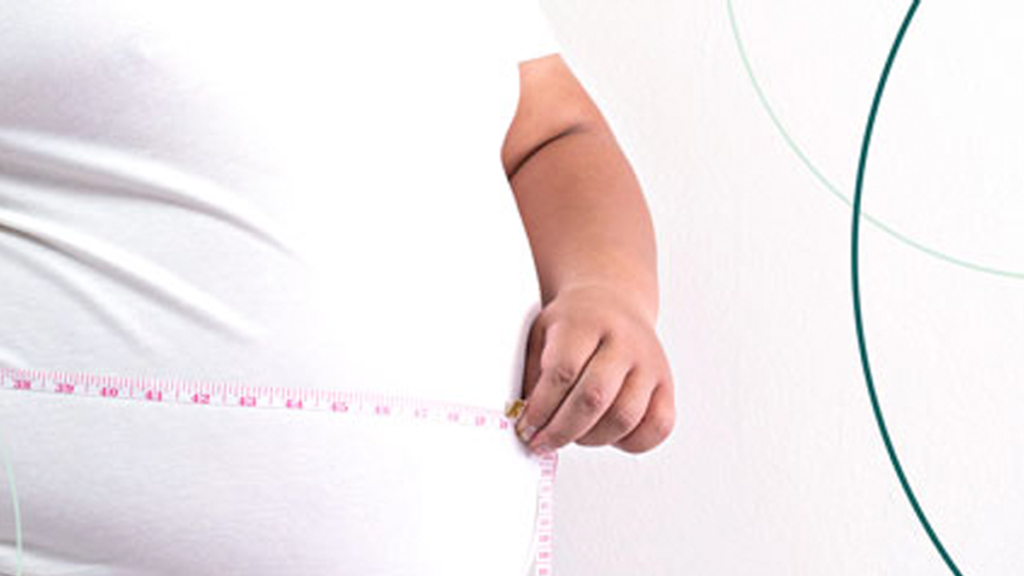
Have you noticed that some veins look different to others? Some are more noticeable depending on where they are on the body, others are bigger or wider than others, and some may look darker. Veins are blood vessels that bring deoxygenated blood back to the heart and there are several external reasons why they may become more visible, such as exercise, tight clothing, the weather, weight, skin color, genetics, and age. There are also underlying medical conditions that can cause the sudden exposure of veins, such as chronic constipation and blood clots.
Other medical conditions that can cause swollen veins include chronic venous insufficiency, superficial thrombophlebitis, and varicose veins. Patients from all different backgrounds arrive at LIMARP® because they’re looking to improve their quality of life and embark on a healthier path. Our multidisciplinary team, led by Dr. Liza María Pompa González, offers different health services to help you reach your weight goals and beat obesity: from diet and exercise plans, to psychological guidance and bariatric surgery. When it comes to varicose veins, a doctor will determine the severity of the condition and prescribe the necessary treatment so the patient begins or continues leading a healthy lifestyle.
This article will mainly focus on providing more information on varicose veins, like their causes and symptoms, as well as the different treatments available to reduce their size or get rid of them altogether.
As always, we’d like to remind you that every case is different and to get the best treatment for you, it’s important to schedule an appointment with a doctor.
What are varicose veins?
Varicose veins are twisted, enlarged veins and any vein that is close to the skin’s surface can become varicose. They mostly affect the veins in the legs because standing and walking increase the pressure in the veins of the lower body[1].
For many people, varicose veins and spider veins, a mild variation of varicose veins, are simply a cosmetic or aesthetic concern. For other people, varicose veins can cause aching pain and discomfort and they can lead to more-serious problems. It’s common for varicose veins[2] to appear on the legs and feet and they may be blue or dark purple, as well as lumpy, bulging or twisted in appearance.
The condition is very common, especially in women, and around 25% of all adults have varicose veins.
Causes and Symptoms
There are several reasons why varicose veins appear, mainly they occur when veins aren’t functioning properly. Veins have one-way valves that prevent blood from flowing backward and when these valves fail, blood begins to collect in the veins rather than continuing toward your heart; thus, the veins enlarge. Varicose veins often affect the legs and since they are the farthest from the heart, gravity makes it harder for the blood to flow upward[3].
Weak or damaged valves can also lead to varicose veins. This is how circulation works: arteries carry blood from the heart to the rest of the body and veins return blood from the rest of the body to the heart. To return blood to the heart, the veins in the legs must work against gravity.
Muscle contractions in the lower legs act as pumps, and elastic vein walls help blood return to the heart. Tiny valves in the veins open as blood flows toward the heart, then close to stop blood from flowing backward. If these valves are weak or damaged, blood can flow backward and pool in the veins, causing the veins to stretch or twist[4].
There are also several risk factors that can increase a person’s chances of developing varicose veins, such as:
- Age: Aging causes wear and tear on the valves in the veins that help control blood flow, causing the valves to allow some blood to flow back into the veins, where it collects.
- Sex: As we’ve mentioned, women are more likely to develop the condition. Hormonal changes before a menstrual period or during pregnancy or menopause might be a factor because female hormones tend to relax vein walls. Also, hormone treatments, such as birth control pills, might increase the risk of varicose veins.
- Pregnancy: During pregnancy, the blood volume in the body increases. This change is good for the growing baby, but can also enlarge the veins in the legs.
- Obesity: Being overweight puts added pressure on veins.
- Standing or sitting for long periods of time: Movement helps blood flow and being sedentary can increase the chances of developing this condition, as well as other serious ones.
Do Varicose Veins Hurt?
There are many ways to identify if a person has varicose veins, such as veins that are dark purple or blue, and that appear twisted and bulging, like cords on the legs. Varicose veins don’t usually hurt, but if they’re becoming painful or uncomfortable, they most likely include other symptoms like a heavy feeling in the legs; burning, throbbing, muscle cramping and swelling in the lower legs; worsened pain after sitting or standing for a long time; itching around one or more of the veins, and changes in skin color around a varicose vein.
It’s very rare to have complications that arise due to varicose veins, but it’s important to identify them in order to prevent and treat them:
- Ulcers: Painful ulcers can form on the skin near varicose veins, especially near the ankles. A discolored spot on the skin usually begins before an ulcer forms.
- Blood clots: Veins deep within the legs become enlarged and might cause leg pain and swelling.
- Bleeding: Veins close to the skin burst and although this usually causes only minor bleeding, it requires medical attention.
Prevention and Treatment
Like all medical conditions, there are several ways to prevent and treat varicose veins. However, it’s important that a doctor carries out a proper examination in order to determine the best treatment for the patient. First, the doctor will examine the patient’s legs and visible veins, as well as ask if they’re experiencing any pain or discomfort.
In order to determine the necessary treatment, they may also want to do an ultrasound to check the patient’s blood flow. This is a noninvasive test that uses high-frequency sound waves, allowing the doctor to see how blood is flowing in the veins.
Depending on the location, a venogram may be done to further assess the veins. During this test, the doctor injects a special dye into the patient’s legs and takes X-rays of the area. The dye appears on the X-rays, giving the doctor a better view of how the blood is flowing. Tests such as ultrasounds or venograms help ensure that another disorder like a blood clot or a blockage isn’t causing the pain and swelling in the legs and that in fact, the patient has varicose veins.
When it comes to treatment, there are many ways to reduce the appearance of varicose veins. According to Stanford Medicine[4], there are several types of treatment, such as home treatment, which is usually the first step to treat these veins and prevent them from getting worse. The patient may be told to wear compression stockings, elevate their legs, avoid long periods of sitting or standing, and add an exercise routine to their daily activities.
If these types of home treatment do not work, there are other procedures that can be a more effective treatment, for example:
Laser treatment
Laser energy is used to scar and destroy varicose veins, which is called ablation. Simple laser therapy treatment is done on small veins close to the skin, such as spider veins, and is usually used outside of your skin. Endovenous laser therapy treatment uses a laser fiber inserted into the vein, making the vein close up.
Ligation and stripping
Another type of treatment consists of cuts or incisions are made over the varicose vein so that the vein is tied off (ligated) and removed (stripped).
Phlebectomy
This treatment consists of several tiny cuts made in the skin through which the varicose vein is removed. This treatment is also called stab avulsion.
Radiofrequency treatment
Radiofrequency energy is used inside a vein to scar it and close it off. This treatment can be used to close off a large varicose vein in the leg.
Sclerotherapy
This treatment consists of a chemical being injected into a varicose vein to damage and scar the inside lining of the vein, causing the vein to close. This treatment usually works best for small veins.
Keep in mind that all of these treatments cause discolor and scarring on the skin and that there may be other underlying medical conditions that are causing varicose veins. If so, other treatment will be needed to address the complications that are causing this condition on a person’s skin.
Contact Us to Learn More
If you want to learn more about varicose veins and the available treatment, schedule an appointment with one of our doctors. We can help determine the right treatment for you. Contact us online anytime or give us a call at (619) 373-0229.
References
- [1, 4] “Varicose veins”. https://www.mayoclinic.org/diseases-conditions/varicose-veins/symptoms-causes/syc-20350643. (Accessed May 23, 2023).
- [2] “Varicose veins”. https://www.nhs.uk/conditions/varicose-veins/. (Accessed May 23, 2023).
- [3] “Varicose Veins”. https://www.healthline.com/health/varicose-veins. (Accessed May 23, 2023).
- [4] “Treatment for Varicose Veins”. https://stanfordhealthcare.org/medical-conditions/blood-heart-circulation/varicose-veins/treatments.html. (Accessed May 23, 2023).


